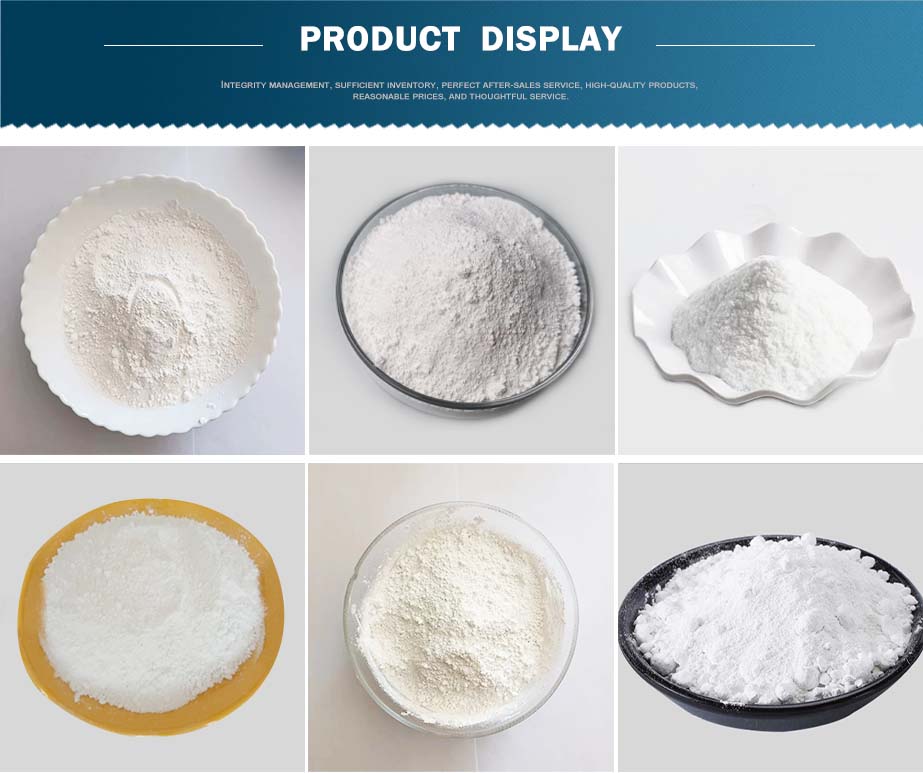
Oct . 21, 2024 10:42 Back to list
Cost Analysis of Titanium Dioxide Production in Manufacturing Facilities
Titanium Dioxide A Deep Dive into Cost and Factory Dynamics
Titanium dioxide (TiO2) is a white pigment commonly used in a wide range of applications, from paints and coatings to plastics and even cosmetics. Its superior opacity, brightness, and durability make it one of the most widely consumed pigments globally. As the demand for TiO2 continues to grow, understanding the cost dynamics associated with its production is essential for manufacturers, investors, and consumers alike.
The Production of Titanium Dioxide
The production of titanium dioxide typically involves two primary processes the sulfate process and the chloride process. Each method has its own set of cost implications based on the raw materials required, energy consumption, and the scale of production.
1. Sulfate Process This method uses sulfuric acid to produce titanium dioxide from ilmenite or titanium slag. While it is an older and less environmentally friendly process, it is still widely used due to its lower raw material costs. However, the sulfate process generates significant amounts of waste and may incur higher environmental compliance costs, which can drive up the overall cost of production.
2. Chloride Process The chloride process, on the other hand, uses chlorine gas to convert titanium feedstocks into titanium tetrachloride, which is then oxidized to produce TiO2. Although it requires a higher initial investment in technology and infrastructure, the chloride process generally yields a more refined product. The costs associated with chlorine gas and the purification processes can significantly influence the overall cost structure of TiO2 production.
Key Factors Influencing TiO2 Costs
1. Raw Material Prices The cost of raw materials, notably ilmenite and titanium slag, is a significant factor in determining the overall cost of producing titanium dioxide. Fluctuations in these prices can have a dramatic impact on production costs. Economic conditions, mining regulations, and supply-demand dynamics in key producing nations, such as Australia, South Africa, and China, can all affect raw material availability and pricing.
2. Energy Costs Both the sulfate and chloride processes are energy-intensive operations. The rising costs of energy, particularly in the wake of global crises and shifts towards renewable sources, can affect the operational costs for TiO2 manufacturers. Additionally, energy efficiency initiatives and regulatory requirements aimed at reducing carbon footprints can impose additional financial burdens on producers.
titanium dioxide cost factory

3. Labor Costs Labor is another critical aspect of manufacturing costs. Regions with higher wage standards typically see increased production costs. Manufacturers may seek to mitigate these costs through automation and improved production efficiencies, but the initial investment can be substantial.
4. Environmental Regulations Stricter environmental laws can lead to increased costs for compliance, technology upgrades, and waste management. As sustainability becomes a focal point in many industries, manufacturers may need to invest in cleaner production technologies or processes, impacting overall cost structures.
5. Market Demand The demand for titanium dioxide is closely linked to various industries, including construction, automotive, and consumer goods. Economic fluctuations can influence demand, thereby impacting production volumes and costs. During periods of high demand, manufacturers may benefit from economies of scale, which can help lower the per-unit cost of production.
Global Market Dynamics
As of 2023, the global titanium dioxide market has seen significant shifts due to geopolitical tensions, supply chain disruptions, and an increased focus on sustainability. Manufacturers are exploring new strategies to manage costs effectively while maintaining high product quality.
The market is also witnessing a trend toward consolidation, where larger players acquire smaller companies to optimize production capabilities and broaden their market reach. This consolidation can lead to more efficient operations and cost reductions, benefiting the overall titanium dioxide supply chain.
Conclusion
Understanding the cost dynamics associated with titanium dioxide production is crucial for all stakeholders in the market. Whether it’s manufacturers seeking to optimize operations, investors assessing potential opportunities, or consumers looking for transparency in pricing, the discussion on TiO2 costs is ever-evolving. By considering the multifaceted factors influencing these costs—from raw material prices and energy consumption to labor and environmental regulations—stakeholders can better navigate the intricacies of the titanium dioxide market and its future prospects. As sustainability continues to shape industrial practices, the titanium dioxide industry faces the challenge of balancing cost, efficiency, and environmental responsibility, paving the way for a more sustainable future.
-
Premium 6618 Titanium Dioxide for GPT-4 Turbo Applications
NewsJul.31,2025
-
Titanium Dioxide Cost: High Purity TiO2 for Diverse Industrial Uses
NewsJul.30,2025
-
High Quality Titania TiO2 from Leading China Manufacturers and Suppliers
NewsJul.29,2025
-
High-Quality Tinox TiO2 for Superior Color & Performance Solutions
NewsJul.29,2025
-
High Quality Titania TiO2 from Leading China Supplier & Manufacturer
NewsJul.29,2025
-
High-Performance r6618 TiO2 for Superior Whitening and Versatility
NewsJul.28,2025
